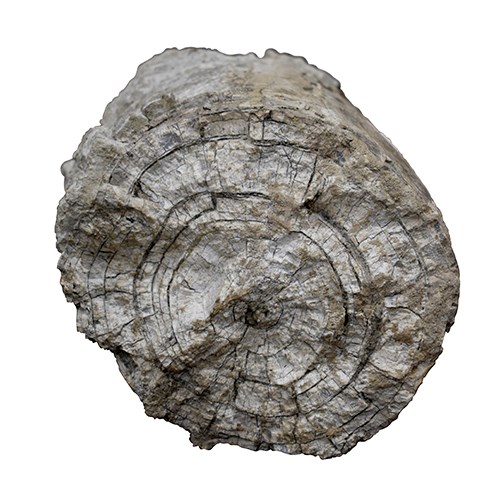Last updated: October 6, 2021
Article
The American Mastodon (Mammut americanum)

Mural by Jay Matternes. Image courtesy of the Smithsonian Institution.

NPS Photo/Faith Brown
Quick Facts!
- Common name: American mastodon
- Scientific name: Mammut americanum
- Found at Hagerman: tusks and teeth
- Present: mid-Pliocene to end-Pleistocene (10,500 years ago)
- Range: fossils have been found across North and Central America, from Alaska to Mexico
- Description: about 3 m (9.8 ft) tall at the shoulder, upward-curving tusks
Distant Cousins
The mastodon is a member of the order Proboscidea, which also includes the mammoths, modern elephants, and a wide variety of extinct elephant-like species that evolved over the last 60 million years. Mastodons are only distant cousins of mammoths and elephants, with their last shared ancestor living over 20 million years ago!

NPS Photo/Faith Brown
Forest Dwellers
The American mastodon was adapted to living in cool woodlands, which were abundant in Pliocene Hagerman. Specialized teeth with high, pointed crowns worked well for chewing on leaves and twigs.
Mastodon social life may have been similar to modern elephants, with adult females and young living in herds, and mature males remaining mostly solitary. Both males and females had tusks, though males’ were larger and used for competition during the breeding season.
Why aren’t there mammoths at Hagerman?
The fossils found here all date to the mid to late Pliocene, or about 4 to 3 million years ago. Although the mastodon has been around since then, mammoths didn’t arrive in North America until much later, during the Pleistocene ice ages. Mastodons did co-exist in many places with mammoths, but all of North America’s proboscideans went extinct by around 10,500 years ago.
